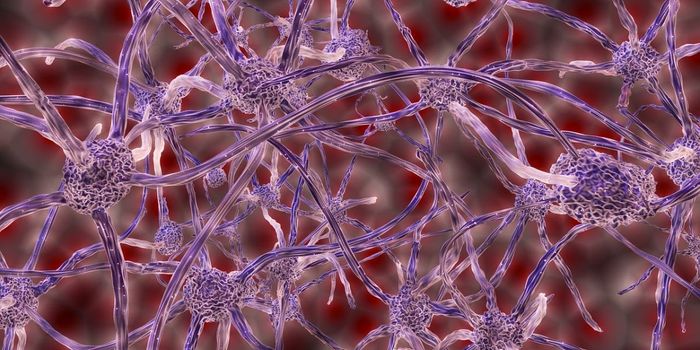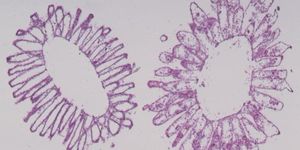Attaching a removable lock to an arthritis drug
A study published in PLOS Biology suggests that attaching a removable lock to an arthritis drug can increase its effectiveness. The study sheds new light on a drug taken by millions of patients throughout the world.
Learn more about rheumatoid arthritis:
Arthritis drugs, like the monoclonal antibodies infliximab and adalimumab, have been considered breakthrough treatments for their ability to target and inhibit the activity of tumor necrosis factor alpha (TNF-alpha)—which is a key signaling molecule in the autoimmune cascade. However, the use of TNF-alpha blockers has major disadvantages. For one, their use can result in immune suppression. To mitigate the problem, researchers added a removable protein "lock" to the infliximab antibody.
The lock was attached chemically to the active site of the antibody via a protein tag that can be removed by an enzyme called matrix metalloproteinase (MMP).
MMP’s are abundant at the site of rheumatoid arthritis and is implicated in the characteristic tissue breakdown seen in the disease. Therefore, researchers were hopeful that at the site of the disease—and not in inactive in non-arthritic tissues--the high concentrations of MMP would remove the lock and release the active infliximab primarily at the site of disease, while leaving it largely locked and inactive in non-arthritic tissues where MMP levels were lower. Additionally, the researchers hoped that the presence of a lock would alter the shape of the infliximab enough to prevent any anti-infliximab antibodies from developing.
The lock was found to be effective both respects. "The addition of this reversible lock to infliximab has the potential to improve the risk/benefit ratio for patients with rheumatoid arthritis," said lead author of the study, Wen-Wei Lin of Kaohsiung Medical University, Taiwan, "and may serve as a model for improvement of other monoclonal antibody therapies as well. Significant further work will be required before the modified form of the antibody can be tested in a clinical trial in patients”.
Source: Science Daily










